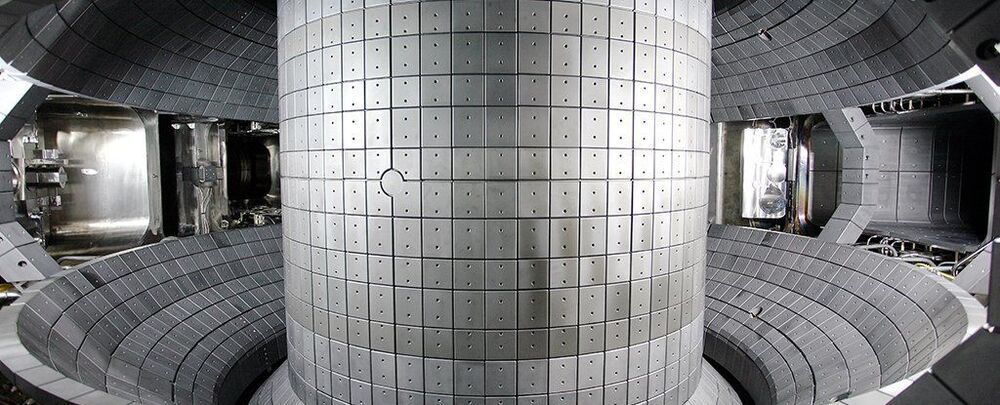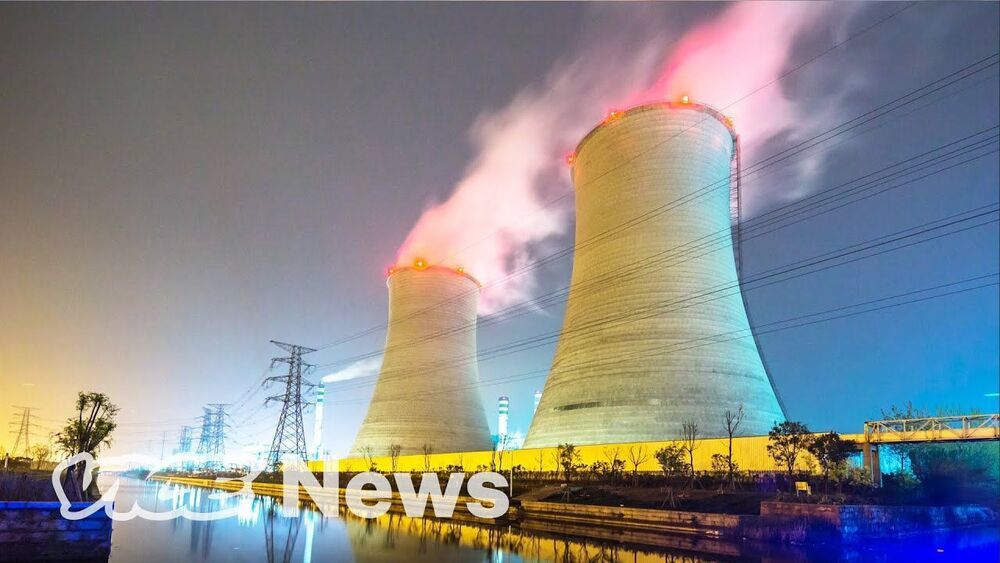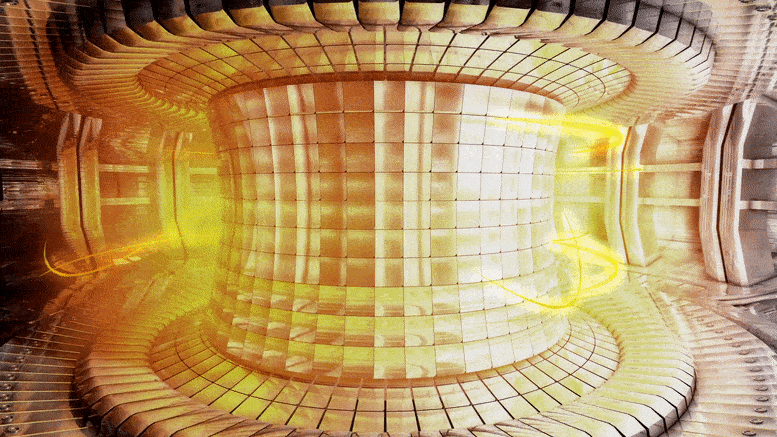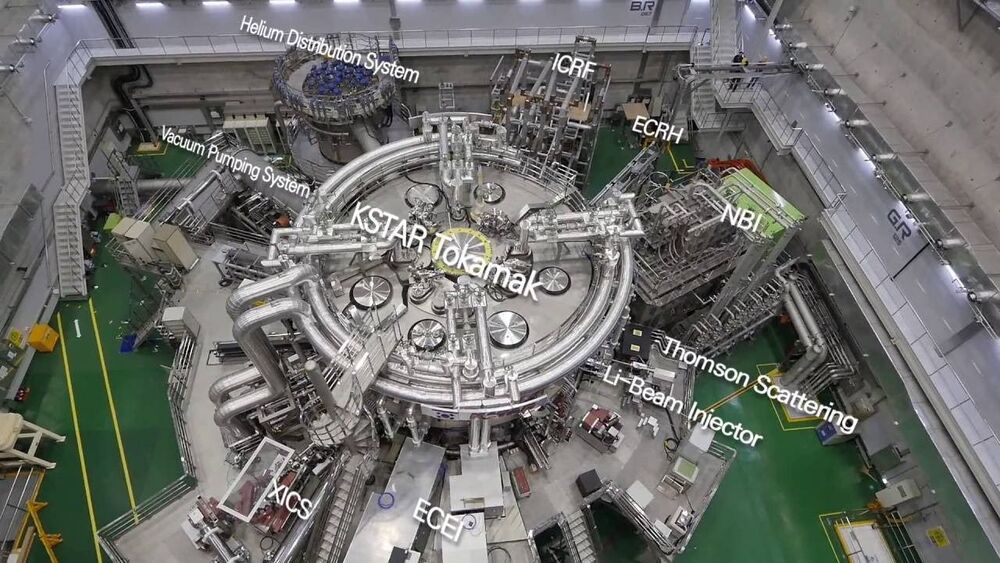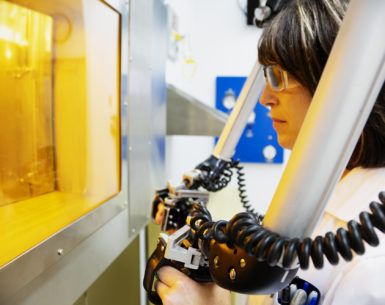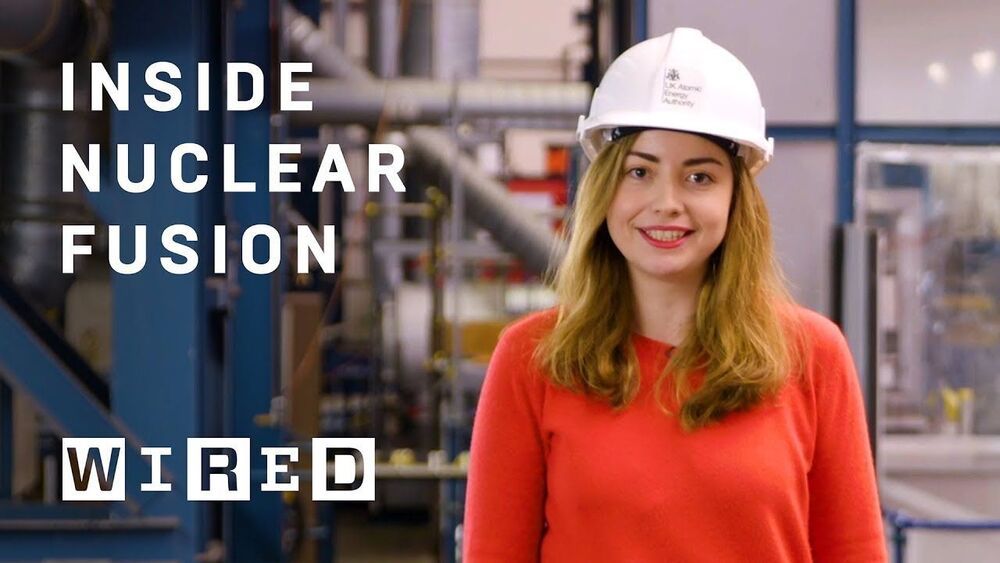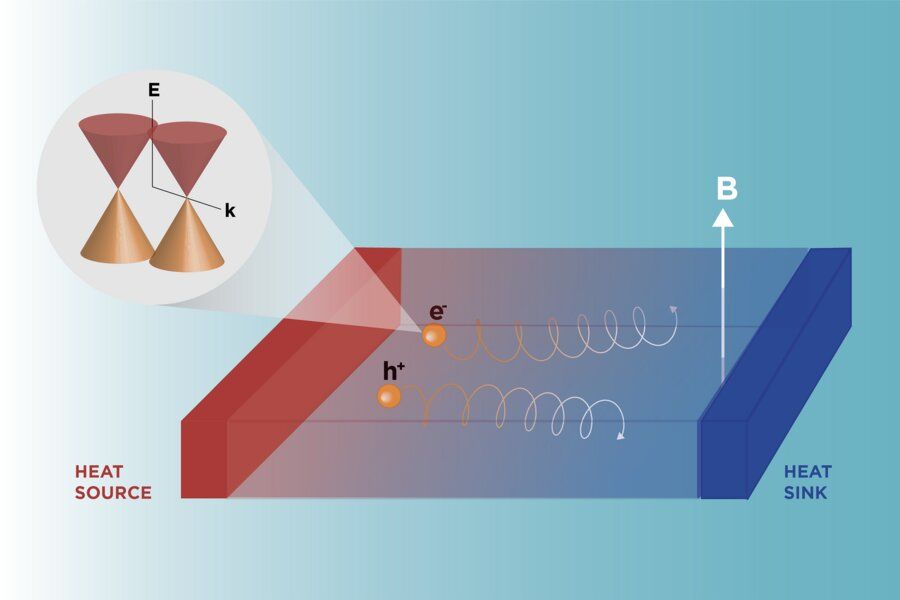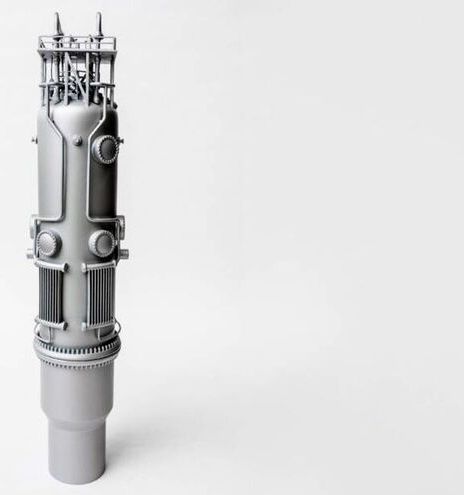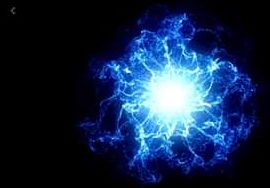Scientists have just set a new world record for high-temperature sustained plasma with the Korea Superconducting Tokamak Advanced Research (KSTAR) device, reaching an ion temperature of above 100 million degrees Celsius (180 million degrees Fahrenheit) for a period of 20 seconds.
Known as Korea’s “artificial sun”, the KSTAR uses magnetic fields to generate and stabilise ultra-hot plasma, with the ultimate aim of making nuclear fusion power a reality – a potentially unlimited source of clean energy that could transform the way we power our lives, if we can get it to work as intended.
Before this point, 100 million degrees hadn’t been breached for more than 10 seconds, so it’s a substantial improvement on previous efforts – even if there’s still a long way to go before we can completely ditch other sources of energy. At this point, nuclear fusion power remains a possibility, not a certainty.
